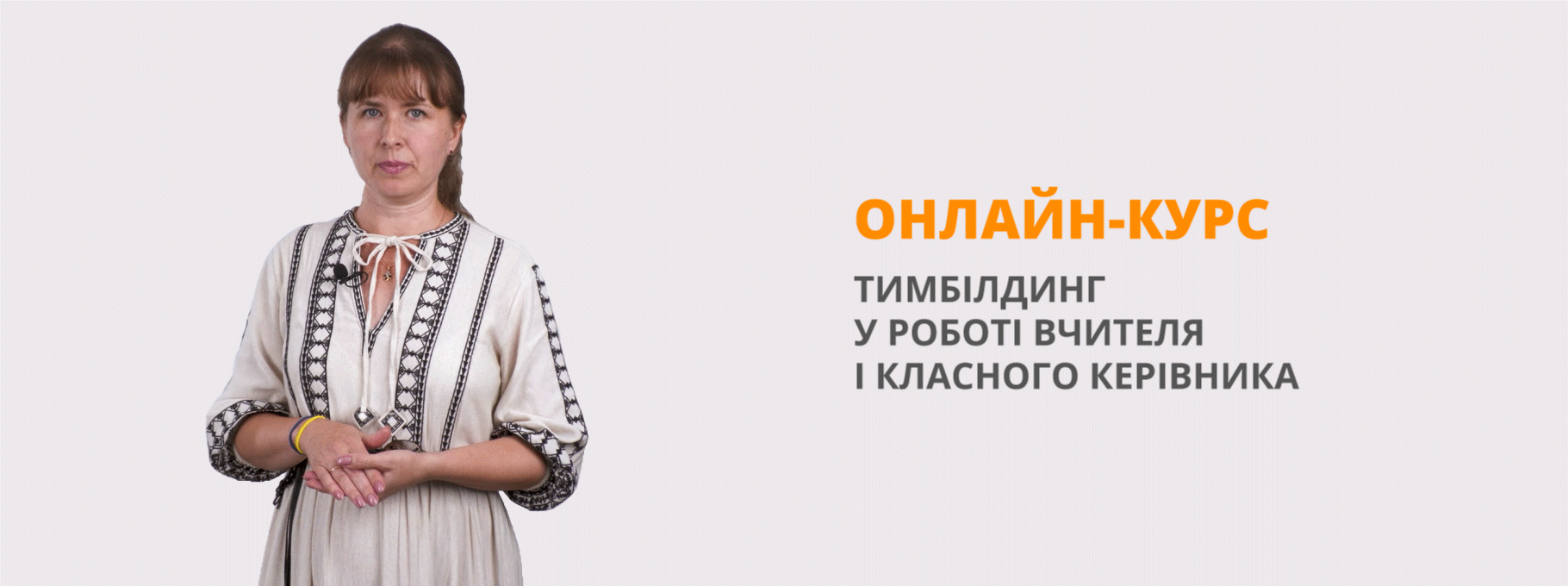Урок "Crimes and criminals
Understanding Crimes and Criminals
Grade Level: High School (9th-11th grade) – 90 min
Objective:
Students will gain an understanding of different types of crimes and the reasons behind criminal behavior.
Students will explore the criminal justice system and its components.
Students will analyze the impact of crimes on individuals and society.
Materials Needed:
Whiteboard and markers
Handouts with case studies or examples of different crimes
Computers or tablets for research
Projector for multimedia presentations
Lesson Outline:
Introduction (5 minutes):
Begin with a class discussion on the terms "crime" and "criminal." Ask students to share their thoughts and perceptions.
Types of Crimes (25 minutes):
- Suggest students a few exercises to practice and reinforce their understanding of the names of different crimes and the individuals commonly associated with them.
Exercise 1. Matching Game
Instructions: Match each type of crime with its corresponding definition.
_____________ Murder
_____________ Theft
_____________ Burglary
_____________ Fraud
_____________ Assault
Definitions:
a. Unlawful entry into a building with the intent to commit a crime.
b. Intentionally causing physical harm to another person.
c. Unlawfully taking someone else's property with the intent to permanently deprive them of it.
d. Intentionally causing the death of another person.
e. Deceptive conduct to gain something of value.
Exercise 2: Criminal Matching
Instructions: Match each criminal with the type of crime they are commonly associated with.
_____________ Thief
_____________ Embezzler
_____________ Arsonist
_____________ Kidnapper
_____________ Vandal
Types of Crime:
a. Stealing
b. Deliberately setting fire to property.
c. Illegally taking and holding someone against their will.
d. Damaging or destroying property.
e. Misappropriating funds entrusted to one's care.
Exercise 3: Fill in the Blanks
Instructions: Complete the sentences by filling in the blanks with the appropriate names of crimes.
The act of intentionally causing physical harm to another person is known as _____________.
_____________ involves unlawfully entering a building with the intent to commit a crime.
_____________ is the act of deceiving others for personal gain or to cause financial loss.
_____________ is the unlawful taking of someone else's property with the intent to permanently deprive them of it. The intentional causing of the death of another person is referred to as _____________.
- Break the class into small groups and assign each group a specific type of crime (e.g., violent crimes, property crimes, cybercrimes, etc.).
- Instruct each group to research and prepare a brief presentation on their assigned type of crime, including examples.
- Each group presents their findings to the class, and the class discusses the impact of each type of crime on individuals and society.
The Criminal Justice System (10 minutes):
9. Explain the components of the criminal justice system, including law enforcement, the judiciary, and corrections.
Discuss the purpose of each component and how they work together to maintain law and order.
Use case studies or real-life examples to illustrate the criminal justice process.
Impact of Crimes on Society (10 minutes):
12. Discuss the broader impact of crimes on individuals, families, and communities.
Explore the consequences of crimes, including legal repercussions, societal stigma, and the role of rehabilitation.
Engage students in a reflective discussion on potential ways to prevent and address criminal behavior.
Group Activity – Mock Trial (15 minutes):
Divide the class into prosecution and defense teams.
Provide a hypothetical criminal case for students to work on. (See HO1)
Each team prepares arguments, examines witnesses, and presents their case to the class.
Conclusion and Reflection (10 minutes):
Summarize key points discussed during the lesson.
Ask students to reflect on what they've learned and how their perspectives on crimes and criminals may have changed.
Assessment:
Written reflections or essays on the topic “Potential ways to prevent and address criminal behavior”
HO1
The Mysterious Heist at Monroe Museum
Background: The Monroe Museum, known for its extensive collection of rare artifacts and priceless artworks, was the target of a daring heist last night. The thieves managed to disable the security system and escape with several valuable items. The authorities are seeking the assistance of your class to analyze the case and present arguments for the prosecution and defense in a mock trial.
Case Details:
- Date and Time of the Crime: The heist occurred on the night of [Date] between [Time].
- Method of Entry: The thieves gained entry by disabling the security alarms and cameras, suggesting an inside job.
- Stolen Items: Among the stolen items are a famous painting, ancient artifacts, and a rare gemstone.
- Suspects: The museum staff, including the security personnel, and a known art collector who visited the museum earlier that day.
Evidence:
- Surveillance footage showing a masked individual entering the museum during the night.
- Fingerprint analysis indicating the presence of the security guard near the disabled security system.
- An anonymous tip suggesting a disgruntled former museum employee may have orchestrated the heist.
Roles for the Mock Trial:
-
Prosecution:
- Argue that the evidence points to the security guard as the mastermind of the heist.
- Present the surveillance footage, fingerprint analysis, and the anonymous tip as key pieces of evidence.
-
Defense:
- Argue that the evidence is circumstantial and does not conclusively prove the guilt of the security guard.
- Suggest alternative theories, such as the involvement of the art collector or another inside accomplice.
Questions for Students:
- What is the motive for each suspect?
- How can the defense counter the prosecution's arguments based on the evidence provided?
- What additional evidence or witnesses might be needed to strengthen the case for the prosecution or defense?
- Can the prosecution establish a clear timeline of events leading up to the heist?
- How would you address the potential bias of the anonymous tip, considering it is unverified?


про публікацію авторської розробки
Додати розробку
